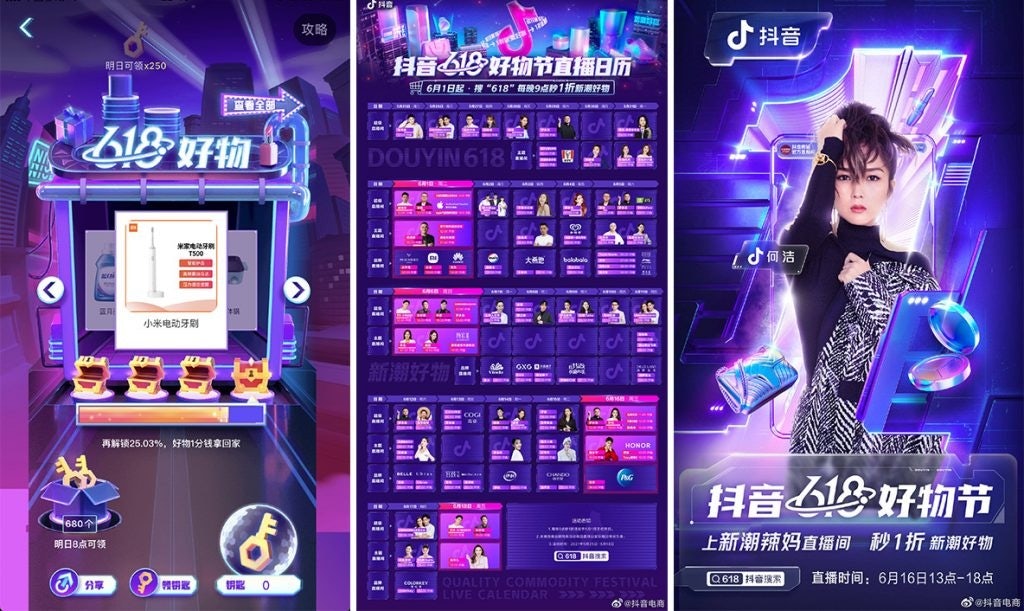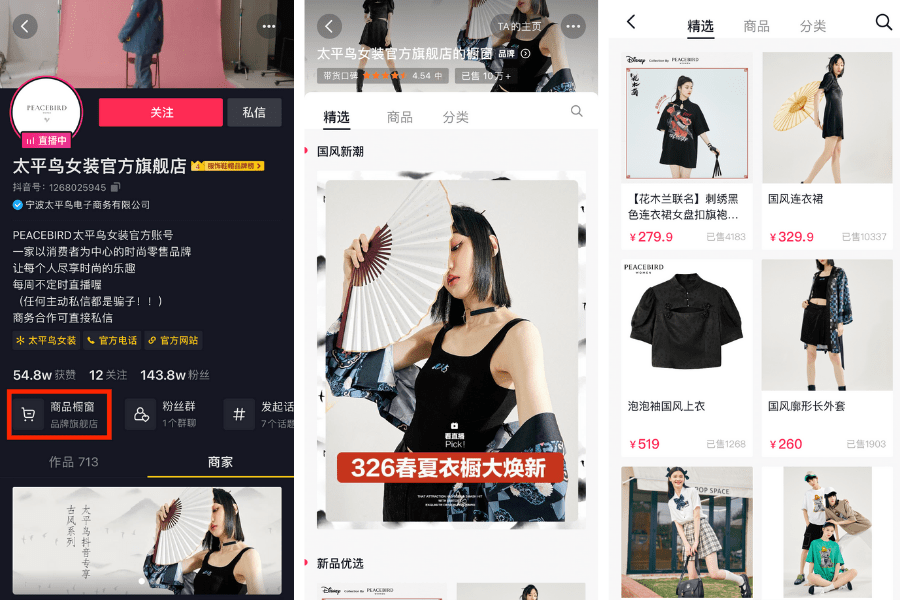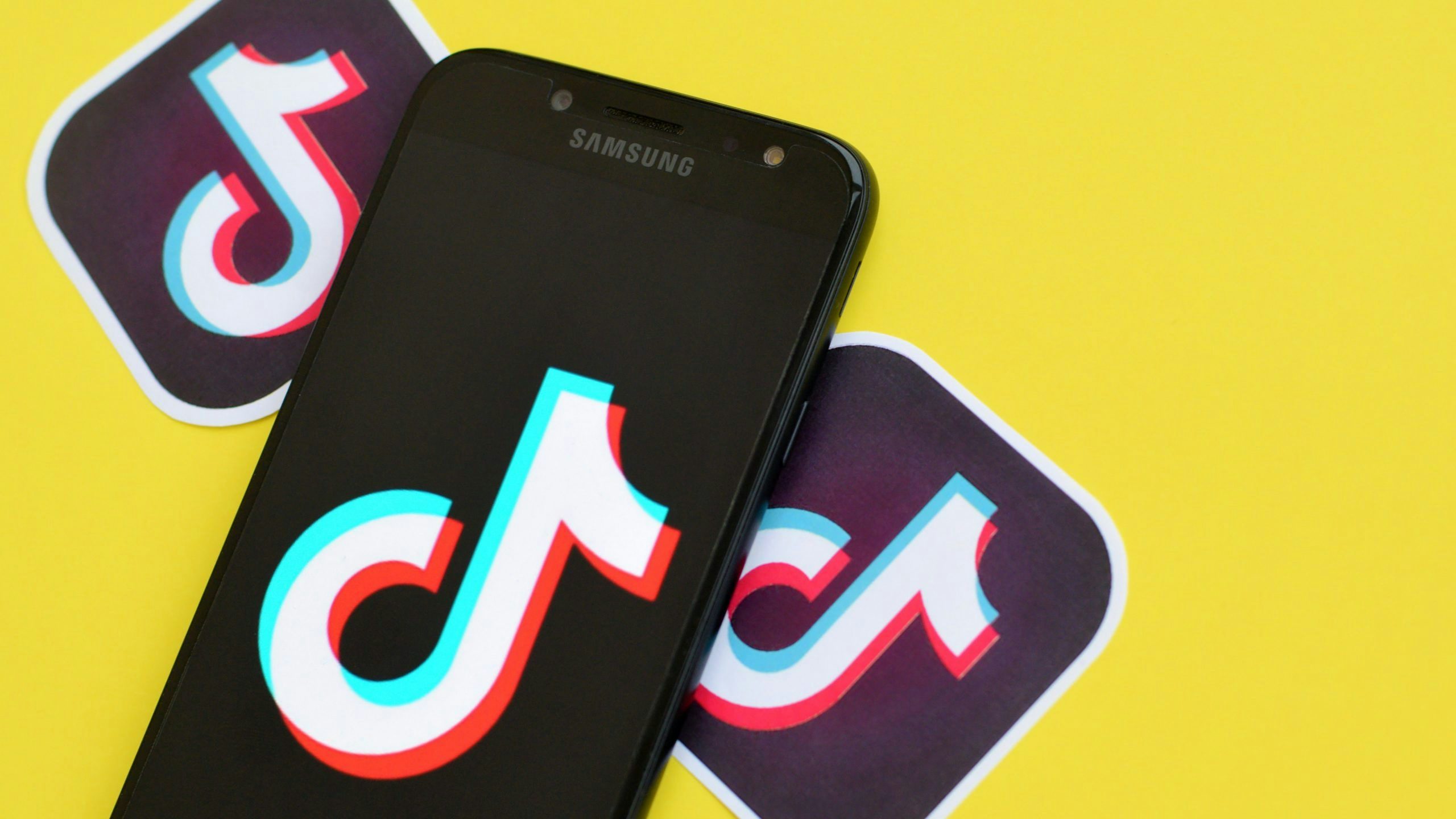Key Takeaways:#
Ramping up its e-commerce initiatives over the last year, Douyin’s GMV in 2020 topped 77 billion, more than three times that of 2019.
By launching its own payment service, Douyin has started to close its e-commerce loop. But Douyin Pay is unlikely to give WeChat Pay and Alipay — responsible for 90 percent of all mobile payments in China — serious competition anytime soon.
Like Tmall and JD, Douyin has rolled out its own flagship stores to help ensure product authenticity and boost sales. Already, beauty giants and homegrown brands have implemented the new feature, with the L'Oréal Group seeing 3.4 million in GMV within a week.
Last weekend marked the end of China’s second biggest shopping festival — the fiercest consumer battlefield in the first half of the year.
With the annual 618 e-commerce shopping event starting a week earlier than usual, tech giants were out for blood. From June 1-18, JD.com tripled its total transaction volume to 53 billion compared to 2020, helping luxury names like TOD’s and Bally surge 232 and 600 percent in sales, respectively. Meanwhile, rival Tmall doubled its number of participating brands, pushing turnover to a jaw-dropping 107.9 billion.
Unfazed by these heavyweights, Douyin also entered the ring for the first time. Backed by 600 million active daily users, the ByteDance short-video platform went full force with its 25-day “618 Good Things Festival,” offering steep discounts, tens of thousands of livestreams, 1.5 million is subsidies, and even an interactive game that allowed users to buy certain items for practically nothing.

This participation in 618 is the culmination of Douyin’s recent e-commerce efforts. Over the last year, China’s TikTok has been building out services to capitalize on what it calls the “interest-based economy,” a type of e-commerce that connects consumers and merchants through product discovery. Thanks to the advancement of algorithm-based recommendation technology, “Douyin’s e-commerce has seen exponential increase in user growth and transactions,” a company spokesperson told Jing Daily.
In 2020, Douyin’s gross merchandise value (GMV) topped 77 billion, more than three times that of 2019. Now, it has its eyes on a loftier goal of 150 billion for 2021. But will it keep up this momentum? Below, we look at Douyin’s evolution from entertainment app to rising e-commerce star — and what these changes could mean for brands and tech foes alike.
Gaining independence from third parties#
Up until last year, sellers were able to directly embed links to online marketplaces like Taobao and JD.com in their videos and livestreams. However, traffic came at a literal price: not only would merchants be charged commissions on purchases redirected to Taobao, but Douyin would also incur expenses from processing fees to other payment service providers.
To resolve these issues, the ByteDance app made two moves: First, it announced in August 2020 that it would block external links on its livestreaming channel, gradually cutting ties with third-party platforms and steering traffic to its stores. Second, it launched its own payment service in January to supplement the existing payment options, WeChat Pay and Alipay.
According to Kejie Yi, a content manager at China Marketing Insights, rolling out Douyin Pay should help Douyin keep users on its pages for longer. “The issue before was that, after users were interested in one product recommended by Douyin KOLs, they went to other e-commerce platforms to purchase it,” she explained. “Douyin wants to maintain this group of people, so it builds its e-commerce ecosystem. But only the system is not enough; users will still be guided to either Alipay or WeChat wallet pages to finish their orders.”
Yi also foresees this as Douyin’s first step towards expanding its financial business beyond in-app payments. That said, she doesn’t think Douyin’s fledgling venture will be giving WeChat Pay or Alipay — which handle roughly 90% of all mobile payments in China — a run for their money anytime soon. “Alipay has developed for over seven years while WeChat Pay was created three years ago. Those user bases that they have grown through years will not easily be transferred to Douyin,” she said.
Driving publicity through e-commerce festivities#
Douyin Pay’s release came just in time to celebrate the Lunar New Year. On February 11, Douyin beat out Pinduoduo to become the exclusive virtual red packet partner of the CCTV New Year's Gala, handing out a record 185.5 million to app users who typed in the codes revealed on the show. With 1.2 billion eyes on the star-studded event, Douyin drew over 70 billion digital interactions and solidified its status as a serious e-commerce contender.
But while flashy sponsorships provide good publicity, they may not be the best way to hold onto users. After all, not everyone can be WeChat; the mega app saw unprecedented success six years ago when it sponsored the Gala and piloted the now staple red envelope activity, growing its user base from 8 million to a whopping 300 million in just hours. In contrast, Baidu attracted 100 million new users in 2019, only to find user retention tumble to 2 percent a few days after its CCTV stint aired.
Gaining credibility via flagship stores#
Rounding out its e-commerce offerings, Douyin unveiled flagship stores for brands in March. This new feature includes banner displays, voucher giveaways, as well as brand and product recommendations, promising better product exposure and higher click-through rates. Moreover, unlike its existing stores (抖音小店) where anyone can apply and multiple brands can be sold, the flagship store is specifically for brands selling their own items and requires the submission of trademark documents, thus ensuring product authenticity.
Kim Leitzes, managing director of APAC at Launchmetrics, said that by intercepting, rather than interrupting, consumers on their buying journey, brands can foster stronger connections with them. “By opening a Douyin store, brands can create a direct link between the content shared and the final product, at the same time creating a seamless user experience — all within one platform,” she said. Additionally, processing these transactions on the app can help brands collect and consolidate consumer data previously lost to third parties.

Although luxury names have been slow to join, more than 220 brands have already set up their own flagship, from the L'Oréal Group, which raked in more than 3.4 million in GMV between April 30 and May 6 alone, to homegrown giants Perfect Diary, Peacebird, and Chow Tai Fook. Even JD.com has taken the bait, giving consumers access to its product assortment on Douyin while retaining control over distribution, logistics, and after-sales service. And if China’s top dog in e-commerce can recognize the advantages of being on Douyin, perhaps it’s time luxury takes note.
Maintaining its entertainment roots#
As Douyin ticks off its e-commerce targets, it’s giving other social apps like Little Red Book and Kuaishou reasons to sweat. However, China’s TikTok counterpart has a long way to go before it can challenge big tech. While Douyin’s e-commerce GMV in 2020 was an impressive 77 billion, this still puts it way behind the 1 trillion and 402 billion Alibaba and JD made off the digital economy, respectively.
So, what does Douyin have going for it? Well, the fact that it isn’t solely e-commerce focused can actually play to its advantage. Because users gravitate to the app to watch and create content, Douyin boasts a long average daily usage time of 120 minutes — and where there is traffic, there is the possibility of transactions. Moreover, as algorithms provide recommendations based on user preferences, brands can appear on anyone’s “for you” page and blow up without paid promotion. This means that winning on Douyin still requires producing quality content that inspires consumers to purchase, then facilitating that journey with e-commerce features.

Of course, Douyin’s quirky trends and youthful tone can be off-putting to polished luxury brands. Taking the well-trodden path, many high-end houses have flocked to established sites like Tmall and JD.com, leveraging their flagship stores, digital tools, and partner support to grow in the mainland. But perhaps as Douyin gains more e-commerce credibility and expands its resources, more brands will see it as an opportunity to capitalize on China’s youth culture, joining the likes of Louis Vuitton, Dior, and Cartier who are already on board.
And if that happens, China’s e-commerce landscape could look a lot different come the next 618.


